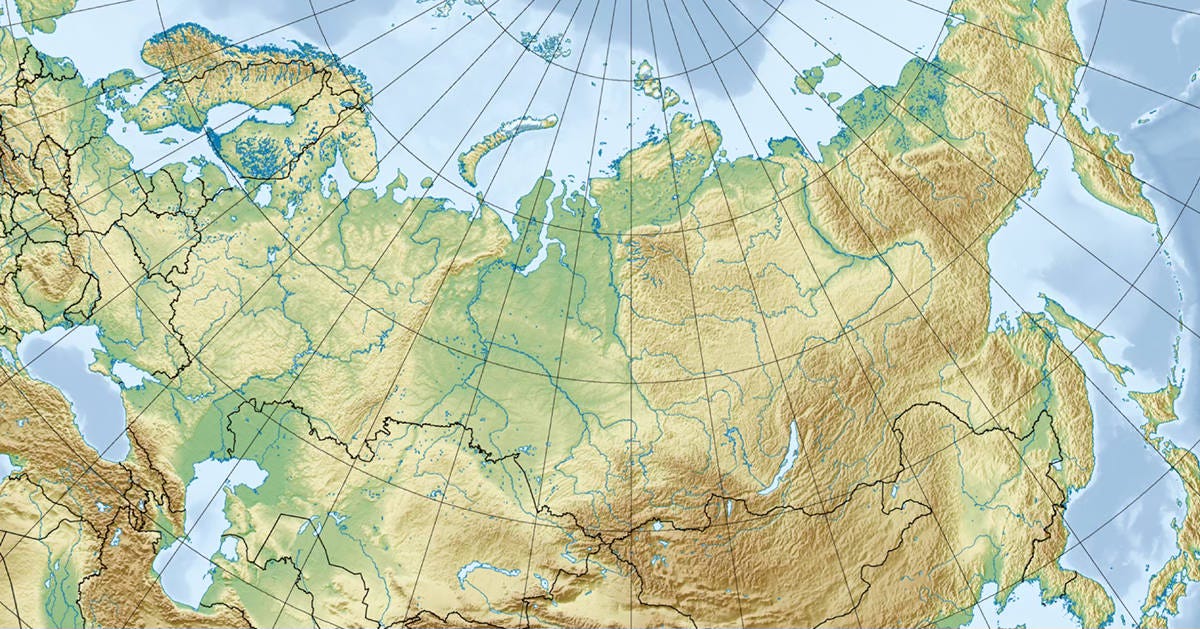by George Friedman
January 27, 2016
There is an old adage, “A picture is worth a thousand words.” In geopolitics, this is especially so, but the pictures in this case are actually maps. Many people think of maps in terms of their basic purpose, showing a country’s geography and topography. But maps can speak to all dimensions—political, military, and economic—and are an elemental place to start thinking about a country’s strategy… revealing factors that are otherwise not obvious. Sometimes a single map can reveal the most important thing about a country. In the case of Russia, it is this map:



